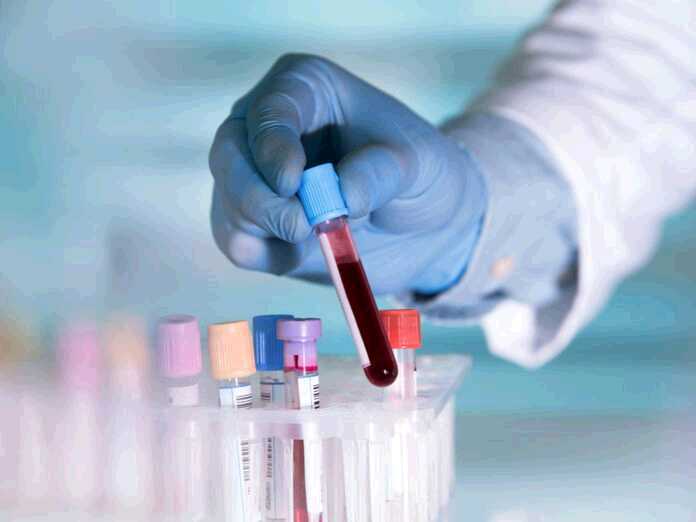
It’s frustrating when you want to know if it’s herpes, you need to know, but the doctor tells you not to bother. There’s a test, why shouldn’t I take it? Well, there are things you should know – about testing for the simplex virus.
Almost Everybody Has Herpes Simplex Antibodies
Almost everyone has been exposed to herpes. One study found that 98% of healthy participants shed HSV1 at least once during the 30-day that it ran. The CDC reports that 15.7% of those aged 14-49 have HSV2 (20.3% for women, 10.6% for men).
The blood tests aren’t measuring viruses. They’re measuring antibodies, and almost everyone has antibodies.
The Two Blood Tests Have Issues
IgM: Not considered a good test for herpes. It isn’t reliably able to distinguish between the two types so that you might get a false positive. The doctor may be testing for the simplex virus, but you might get results for the wrong one.
IgG: It takes about 12-16 weeks for herpes to show up – if you test soon after being exposed, you may get a false negative.
Doctors Advise Testing When You Get Symptoms
When your doctor can take a sample of tissue from a lesion, the testing is much more reliable. It can be cultured, or the lab can test for DNA. Those tests can distinguish between HSV1 and HSV2. And while no test is perfect, these are the most accurate available.
Some People Never Break Out
There are those who carry the virus all their lives without ever having a lesion. If you haven’t had a breakout, you might consider sparing yourself. The false positives and false negatives can make testing more stressful than it has to be.
Conclusion
Before you decide to get tested, you might want to think about what a positive or a negative answer would mean to you. Testing for the simplex virus may end up not being so simple after all.






























